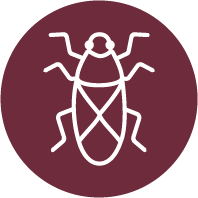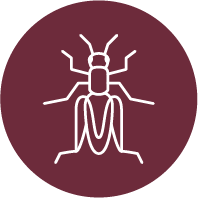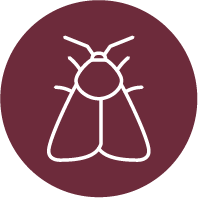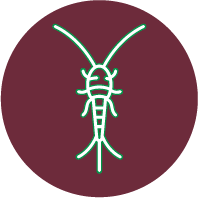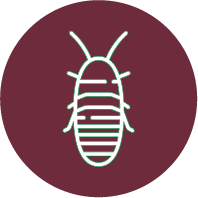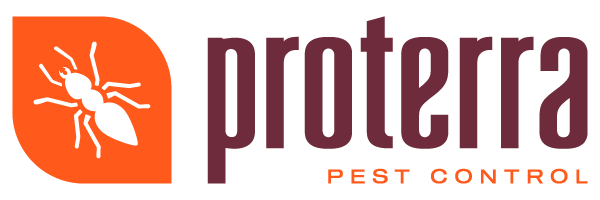Plant Pests That Can Threaten Your Garden
Gardening can be a wonderfully rewarding pastime. With the weather warming up, it’s about time to break out your gardening gloves and tools and get to work preparing the soil and getting your plants going. Of course, with that increased warmth, and the increase in water that often comes with it, so too come some different plant pests that could end up posing a threat to your garden.
Aphids
Aphids can be a problem if their numbers are allowed to go unchecked. They can cause leaves to yellow, stunt plant growth, and spread incurable plant viruses. Aphids secrete a substance known as honeydew (not to be confused with the melon) that can lead to sooty black mold growth. You can help to control their numbers naturally by encouraging the presence of their predators. Plants like mint, dandelion, yarrow, fennel, and dill can help attract ladybugs and lacewings, which like to feed on aphids.
Mealybugs
If you’ve seen a white, cottony-looking substance on the leaves of your plants, you could have a mealybug problem on your hands. Mealybugs secrete honeydew, which can attract ants. One or two mealybugs aren’t likely to do much damage, but a larger number of them can overwhelm plants by shoving their mouths into your plants and sucking the life out of them. If you see mealybugs on your plants, scrape away as many of them, the residue they leave, and spots they create as you can. A solution of neem oil or a mixture of one part alcohol to three parts water with some bleach-free dish soap can be used to wash down the plant and treat it.
Slugs and Snails
New plants are especially susceptible to being damaged by slugs and snails. Cool, rainy, overcast weather is prime time for these garden pests, conditions that are plentiful enough in Washington during the spring. They like to hang out on the undersides of leaves on plants and feed on them. You can pick them off by hand and drop them into soapy water to kill them or put a board out in your garden. If you flip it over around late morning, you’ll likely find plenty of them on the bottom, conveniently gathered for you to get rid of.
You’re growing a garden for your own sake, not for the sake of the pests who want to take advantage of your labors and help themselves to your harvest before you’re ready to gather it. Bugs like aphids, mealybugs, slugs, and snails are just a few of the pests that could be a problem for the plants in your garden. Keep a careful eye out for these and other garden pests so you can enjoy the literal fruits of your labors when the time comes.
Proterra Pest Control is here for you, no matter what your pest control needs are! Click here to learn more about our company and our commitment to our customers today!


Pest Protect PLUS
Our Pest Protect PLUS Plan is our most popular plan as it protects you from all general AND large pests. It includes all general pests from the Pest Protect Plan as well as bait boxes for rodents (such as rats, mice and voles) in addition to an in-depth clean-out of other harmful pests (such as ticks, fleas and German roaches). Peace of mind comes best from the Pest Protect PLUS Plan because it provides the ultimate protection for your property and loved ones.
Get Started with our Most Popular Plan, Pest Protect Plus
In addition to the large and intrusive pests, our most popular plan includes BED BUGS, which means if you are enrolled on this plan and experience a bed bug infestation, you don't have to pay anything extra! Contact Proterra Pest Control today for a thorough inspection, effective treatment, and the pest control plan that will protect you and your loved ones the most every single day.
